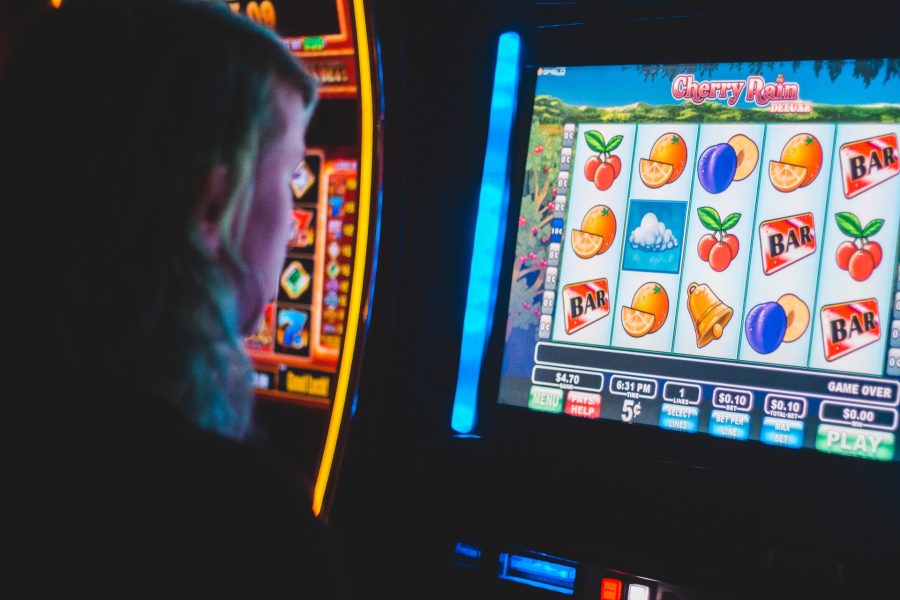Slots are one of the modern casino’s biggest revenue generators. Slot machines date back to their invention late in the 19th century when Charles Fey developed a machine in San Francisco. This first slot machine had the look and basic features of a modern slot machine. It comprised a line of three reels that spun individually; the machine featured a single pay line and an automatic pay-out system. The Liberty Bell, as the machine was known, marked the start of what would become a key feature of casinos to come. The pay-out structure of these machines has evolved into the modern casino slot game that we all love, like at mobilepay casino.
The House Wins a Percentage
Even with the advent of online casinos, Slot machines, even in virtual form remain a keystone of the modern casino’s revenue generation. The house always wins applies to slot machines but it’s not as simple as that – people would not visit casinos if that were true and so it comes down to the percentage overtime of the initial stake that is returned to the customer. The house does need to win to keep afloat but within that overall house win; there is plenty of opportunity for winning big. This means the casino needs an advantage and that advantage is expressed as a return to player, or RTP percentage.
The RTP percentage of a casino can vary depending upon various factors including location and local laws on gambling, but these percentages are often high, over 90%. For example, if the RTP of a game is 97%, then for every £10 you wager, you should receive £9.70 in pay-outs. This pay-out percentage is not applied to the individual playing, but to the game itself. The percentages are calculated over long periods, so if you were to start playing a slot game, it would be many spins later that you would be able to calculate the pay-out average. If this period falls over many players, it’s likely that some will have lost money and others will be upon their initial stake.

Making Use of Algorithm Technology
Casinos and game manufacturers have developed slot machine algorithms to control these RTP percentages and ensure that the casino makes money from the slot machine games, while the spin outcomes themselves remain completely to chance. These mathematical algorithms look at “the drop” and “the handle”. The drop is the amount deposited by the player, and the handle is the total amount bet by a player. The handle can in fact be larger than the drop because players will often win, then sometimes continue to play with their winnings, increasing their handle. After a play period has finished and the machine has paid out its jackpots and wins, the money left is the casino’s win or revenue.
Using these algorithms to statistically calculate pay-outs allows the game to remain random, each time you spin the result is totally random, but the algorithm selects from a payable that details how much and how often the slot machine pays out.
The Player Wins the Jackpot
Given this pure chance a player is not able to get an edge over the casino, the statistical advantage is theirs. But the players can and do win – and win really big in some cases by playing slot games. The slots have to deliver the RTP percentages and someone has to win for it to do so. This is the appeal of slot games to the game player. After all, it’s the chance that keeps us playing and enjoying the thrills and spills of modern casino gaming.






 Your total news and information resource for all things Science, Technology, Engineering / Mathematics, Art, and Medicine / Health.
Your total news and information resource for all things Science, Technology, Engineering / Mathematics, Art, and Medicine / Health.
Leave a Comment